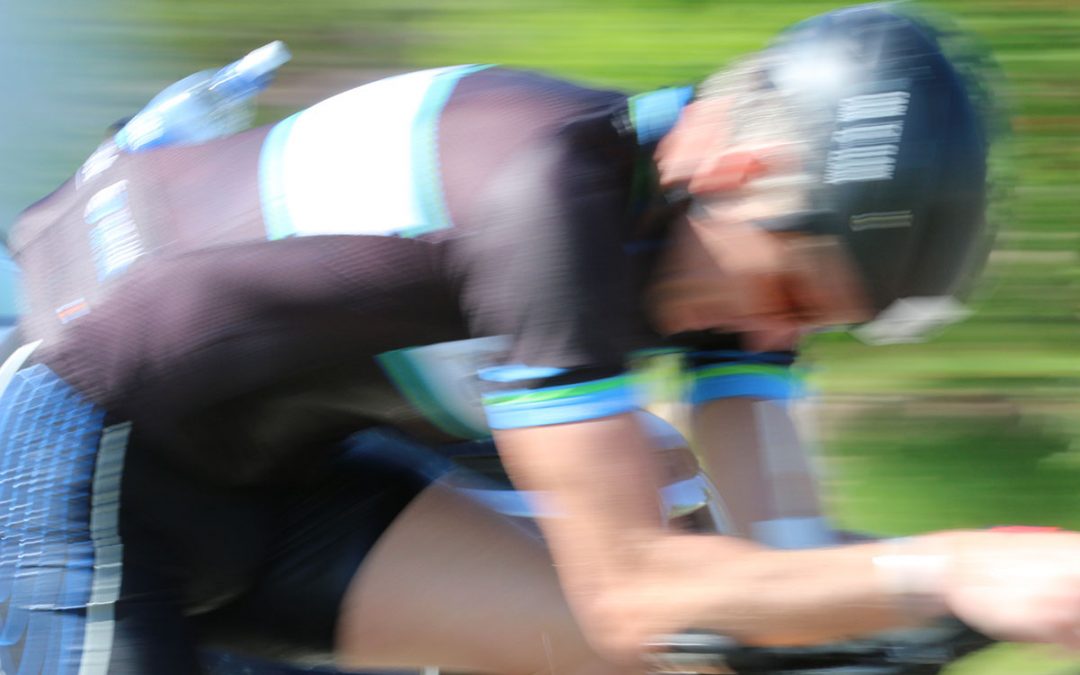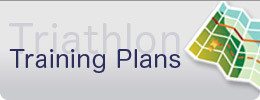What advice would you have on getting to the top of my age group for a 70.3?
A training plan client (let’s call him “Rich”) recently emailed me this question along with the following background information:
I’m a couple of years away from working on doing a full Ironman and targeting Kona, but step 1 is mastering a 70.3. I am a below average swimmer (been swimming only about 6 months), a mediocre cyclist (been cycling less than a year), and a good runner (been running 3 years – 1:22 half and 2:54 full marathoner). I finished 59th in my age group in my first 70.3 with a time of 5:26, but I know I can shave an hour off of that with some hard work.
The running portion will take care of itself for me as I do more, so I’m not concerned there…I know I can get that down to under 1:30 no problem. Do you have any specific tips for the bike portion? Any specific workouts you find helpful, strength exercises you recommend, etc.? How about a tri bike vs. road bike (I currently have a basic road bike). Anything you can help with would be appreciated. 2 years from now I want to be telling you I won my age group in part because of your expert advice!
First all, kudos to Rich for finishing his first 70.3 in 5:26! That’s awesome.
As a coach, I like how Rich has identified his strength as the run (with the data to back it up) and weaknesses as the swim and bike (he’s relatively new to both).
Advice for the Swim
Swimming is the most technically challenging of the three sports. I’ve heard it said that biking and running is 80% fitness / 20% technique while swimming is the opposite: 20% fitness / 80% technique. Regardless of what the real numbers are, swimming is challenging to become better because swimming more volume may not make Rich faster if his form is sloppy.
It’s always an appropriate time to focus on technique. The best option is to find a qualified triathlon swim coach who can work with him 1-on-1 or as part of a small group in order to provide direct, real-time feedback.
Another good option is for him to find a masters swim program with a coach who can also provide direct feedback to him during the workouts. I like swimming with masters as it’s motivating to swim with others and it’s a way to gauge improvement relative to the other athletes. What should happen over time is that Rich will move up lanes as he becomes faster.
A third option is to incorporate drills with a purposeful training program. Videos of swimming drills can be found on YouTube.
Advice for the Bike
It’s worth noting that a 5% improvement in biking will lead to a faster time than a 5% improvement in swimming since cycling takes a larger portion of the race (i.e. “more bang for your buck”).
Rich will become a better cyclist by consistently cycling more. For me personally, it took me until my third year of training and racing to become a relatively strong cyclist.
Like running, interval training and hill climbing will improve speed and power. Example interval sets within a workout that target specific training zones are:
- Anaerobic Endurance: 8 x 80” – max effort w/ 90” RI (these could be hill repeats)
- Aerobic Capacity (VO2 Max): Sets (4’ RI in between):
- 5’ VO2
- 3’, 2’ VO2 w/ 30” RI
- 2’, 2’ VO2 w/ 30” RI
- Lactate Threshold (LT): 3 x 8 min at LT w/ 60” RI
Note: RI = rest interval in between repetitions; VO2 = very, very hard effort;
For strength exercises, Krista Schultz suggests this quick 4-exercise routine to strengthen Rich’s abs, back and glute muscles (2-3x per week). Other suggested exercises are:
- overhead squat,
- dumbbell deadlift with calf raise,
- split squat or back squat,
- crab walk with ankle band,
- plus core and dynamic warm up exercises.
In terms of a tri bike versus road bike, cycling performance is strongly dependent on aerodynamic drag (air or wind resistance pushing in the opposite direction of motion), most of which is caused by the rider. A triathlon bike with aerobar shifters is designed to roll a triathlete’s body into a more forward, aerodynamic position. Assuming the bike is fit correctly, it’s comfortable, the body is used to riding in that position and the rider has the technical skills to safely ride while in the aerobars (e.g. braking, cornering, shifting, standing up, etc.), then a triathlon bike can be an excellent investment.
Sean Madsen from the Boulder Center for Sports Medicine offers perspective on other cycling equipment benefits in this article for VeloNews: Which aero equipment offers the most benefits for a time trial bike?
Advice for the Run
Rich is already a successful runner. He’ll still need to train his legs for the transition from bike to run by doing BRICK workouts consistently every week in his training in the 2-3 months leading up competitions. I suggest doing a short BRICK after every long ride. Over time, he’ll be able to run more quickly off the bike as his legs adapt to the transition and change in muscle firing patterns.
Happy training,
David
P.S. Looking for a structured approach to your triathlon or run training? Be sure to check out our library of online training plans in TrainingPeaks including off-season plans, running races and triathlons.
—
 Coach David Glover, MS, CSCS has completed 28 IRONMAN distance triathlons, which includes two sub 9 hour finishes and winning Vineman Full twice. Now, David’s passion now is helping triathlete and other endurance athletes achieve their dreams through his online triathlon education and training company, ENDURANCEWORKS. David has an MS in Exercise Physiology and is certified as a coach by IRONMAN Triathlon, USA Triathlon and USA Cycling plus has his CSCS from NSCA. After six years of living, training and coaching in the triathlon mecca of Boulder, CO, David currently resides in Southern California.
Coach David Glover, MS, CSCS has completed 28 IRONMAN distance triathlons, which includes two sub 9 hour finishes and winning Vineman Full twice. Now, David’s passion now is helping triathlete and other endurance athletes achieve their dreams through his online triathlon education and training company, ENDURANCEWORKS. David has an MS in Exercise Physiology and is certified as a coach by IRONMAN Triathlon, USA Triathlon and USA Cycling plus has his CSCS from NSCA. After six years of living, training and coaching in the triathlon mecca of Boulder, CO, David currently resides in Southern California.


